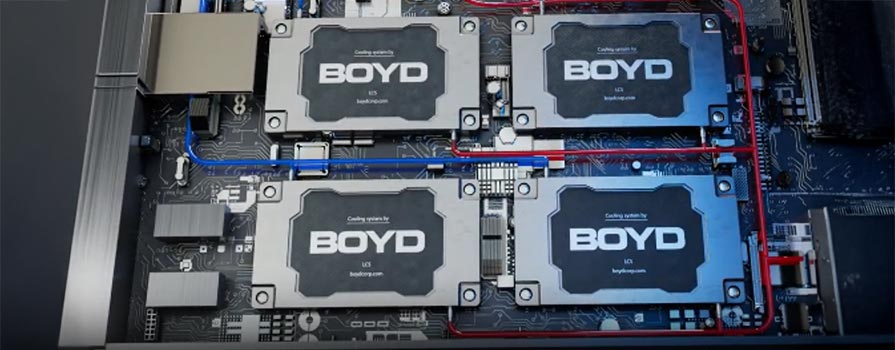O-Rings: The right size for every occasion
O-rings come in different shapes and sizes. Knowing the measurements an application needs can make a difference on how well an O-ring works. If the O-ring is too big for the application, it will not seal properly. If the O-ring is too small for the application, the seal might break. The performance of an O-ring seal can be optimized by choosing the most appropriate size, which can be found by measuring an O-ring.
How to measure an O-Ring
O-Rings have three different measurements: inside diameter, outside diameter, and cross-sectional thickness.
Inside diameter (I.D.) is measured from one inner border to the other with a measuring device (ruler, measuring tape, PI tape, etc.)
Outside diameter (O.D.) is measured from the outer border to another with a measuring device. However, O.D. is not often used.
Cross-sectional thickness (C.S.) can be measured with calipers or a micrometer. Gently clamp the jaws of the device onto the O-ring to avoid warping it.
If the O-ring is not whole, measure the length of the of the O-Ring and divide by π (3.14159), then subtract the cross-sectional thickness.

Length ÷ π = Circumference
Circumference – C.S. = I.D.
For greater accuracy, it is recommended to use digital measurement equipment.
For more information about our sealing solutions, check out our Gaskets & O-Rings or contact us for help in your sealing application!






